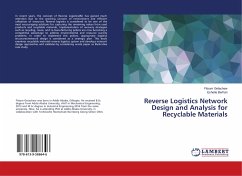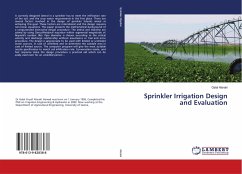In recent years, the concept of Reverse Logistics(RL) has gained much attention due to the growing concern of environment and efficient utilization of resources. Reverse logistics is considered to be one of the most encouraging solutions for capturing the remaining values from used products and recyclable materials. Implementation of recovery strategies such as recycling, reuse, and re-manufacturing polices are now becoming a competitive advantage to address environmental and resource scarcity problems. In order to implement this polices, appropriate logistics structures/network design is considered as a strategic plan. This book examines recyclable materials reverse logistics system and develops network design approaches and validates by considering waste paper as illustrative case study.
Bitte wählen Sie Ihr Anliegen aus.
Rechnungen
Retourenschein anfordern
Bestellstatus
Storno








